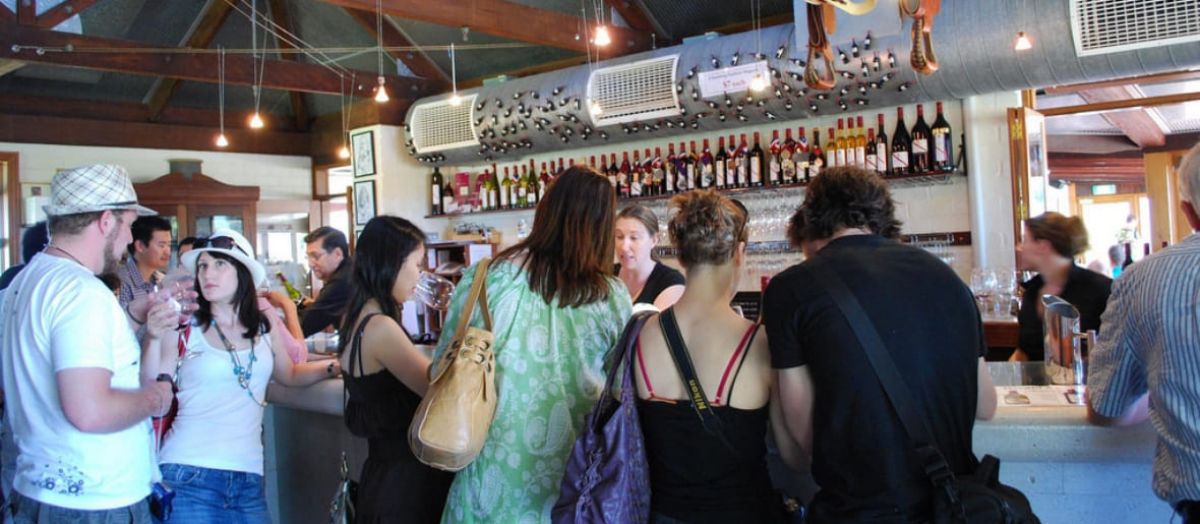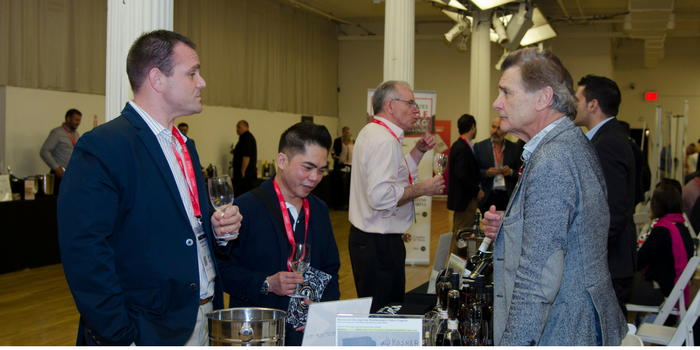Warehouse
Open from Jan 1st - July 10th 2026
Judging
Date
July 27, 2026
Winners
Announced
August 12, 2026

Aside from inventory and, perhaps, the ownership of vineyards and other real estates, a wine company’s most expensive asset is their sales team. The contributing factors that make one sales team great and another mediocre have evolved over the last 10 years as the ratio of distributors to wineries has flipped overwhelmingly against the wineries. If you are among the hundreds of small-to-medium sized wine companies that are struggling to achieve your sales and distribution goals, taking a hard look at the structure of your sales team might be just the ticket here at the onset of the new year.
It used to be that a salesperson was worth their weight in gold if they had super-strong relationships with the distributors in their territory. In fact, thousands of competent sales pros have made a comfortable living for themselves and built strong brands for their employers by leveraging these capabilities. Historically, the structure of a US sales team was built around geography. In each state where a winery’s products were for sale, there was a distributor and, consequently, someone was needed to manage that distributor. Unfortunately, this is no longer enough. To achieve the breadth and quality of distribution you desire for your brand, you must now also have direct access to major retail customers, both on and off-premise. While distributors will always be necessary, they no longer are able to do all the heavy lifting for wineries -especially the small-to-mid-sized ones. It’s just a fact of life, nowadays.
Modern market conditions call for a modern salesforce structure that has two distinct roles. One role manages distributors and geography, the other role manages major (or key) accounts. The ideal ratio is 3 “Distribution Specialists” for every 1 “Business Unit Manager.” The important takeaway here is these roles require entirely different skill sets. By separating the two functions and hiring for two different types of sales pros, you not only maximize your man/woman power but move a giant step closer to relying less on your distributors.
Business Unit Managers are responsible for multiple states and the corresponding distributors. This is a full-time job requiring superior organizational skills and solid business acumen. Between managing pricing, programming, inventory, shipments, depletions, billbacks, and sales incentives program, these folks have very little time to “get out on the street and sell.” This is especially true for small wine companies as a person in this role typically handles many states.
Being successful selling new distribution is an entirely different game and requires a different type of persona - A Distribution Specialist who spends most of their time on the streets calling on accounts. These people need to be very knowledgeable about wine in general (and your portfolio in particular). People who succeed in this role are relationship oriented and receive a lot of their job satisfaction from pleasing their customers. Business acumen is not their strong suit and that’s OK because building passionate advocates for your brand is.
Many wineries make the mistake of expecting salespeople to perform both duties. It’s not impossible to find people who can do both, it’s just very rare (and unrealistic). By separating the two functions, you can achieve a dramatic improvement in your ability to control your own destiny.
So, what do you do if you already have the “old” structure in place? Take a page out of the playbook of your largest competitors and restructure. Step 1 is to conduct a complete assessment of your current sales team and separate them into two distinct groups based on their skills: Business Unit Managers versus Distribution Specialists. Next, consider adjusting your mix of talent so you have 3 Distribution Specialists for every 1 Business Unit Manager. This ratio works whether you have 4 or 400 salespeople on your team. The idea is to stop depending so much on your distributors and take more responsibility for your own outcomes which, of course, is building quality distribution and lots of it!
As you look at your existing array of sales talent, you may discover that you have too many of one type of sales pro and not enough of the other. Now is the time to cut loose any low performers and, in the process, adjust your “ratio.” A complete restructure of your sales organization just might be the move you could make to accelerate your sales performance.
As Jim Collins wrote in his seminal book, Good to Great, it’s not just about getting the right people on the bus but getting those people in the right seats on the bus. Leadership is tough. Restructuring is tough. But, it may be just what your company needs and if you still have the same sales force structure you did 15 or 20 years ago, it’s time to get with the times.

The 80/20 Rule is real and business leaders in competitive product categories (like wine) ignore this rule at their own peril. Once you’ve carved out a small army of your own Distribution Specialists, it’s time to aim them at the right targets – starting with the biggest. In every geography of the US, there is a handful of major, “key accounts” that are critical to success in that market. Success in these high-value accounts should not be left up to the distributor alone. Left to their own devices, most salespeople do not always act in their employers (or even their own) best interest. They must be directed and, if necessary, restricted in their sales activities. By narrowing the focus of sales activity to only the most attractive and responsive accounts, sales reps can dramatically accelerate their results. Your sales team must adopt the mantra, “If it’s important to us, we must do it ourselves.” It may surprise some of your reading this article that distributors want you to do this! Distributors like to help suppliers who help themselves. Identify the key accounts in each market and then take responsibility for your own success in them.
Any winery looking to improve (or build from scratch) a sales team that gets maximum results for the least amount of time and resources, must learn to see the world as it is – not how it used to be. Like it or not, distributors are completely overwhelmed and cannot build your brand for you. Structuring your salesforce according to the “new realities” can be a significant strategic advantage as most wineries are still living in the past and that’s good news for those willing to “modernize” their approach. As Timothy Ferris put it so plainly in The Four Hour Workweek, “It’s not only possible to accomplish more by doing less, it’s mandatory.” Structuring your sales force for strategic advantage is something every winery large or small can do.
Ben Salisbury is the Founder and President of Salisbury Creative Group, Inc. based in Richardson, Texas. Ben and his team specialize in helping small-to-medium sized sales teams punch above their weight class. They are experts in CRM, Key Account Targeting, Sales Team Effectiveness, Sales Team Structure, and Email Marketing.
Grow your wines in the off-premise channels of the USA. The Early Bird submission deadline is February 20, 2026, and the domestic submission deadline is June 30, 2026. Here is how to enter.